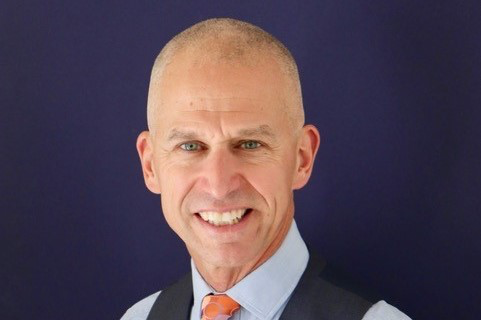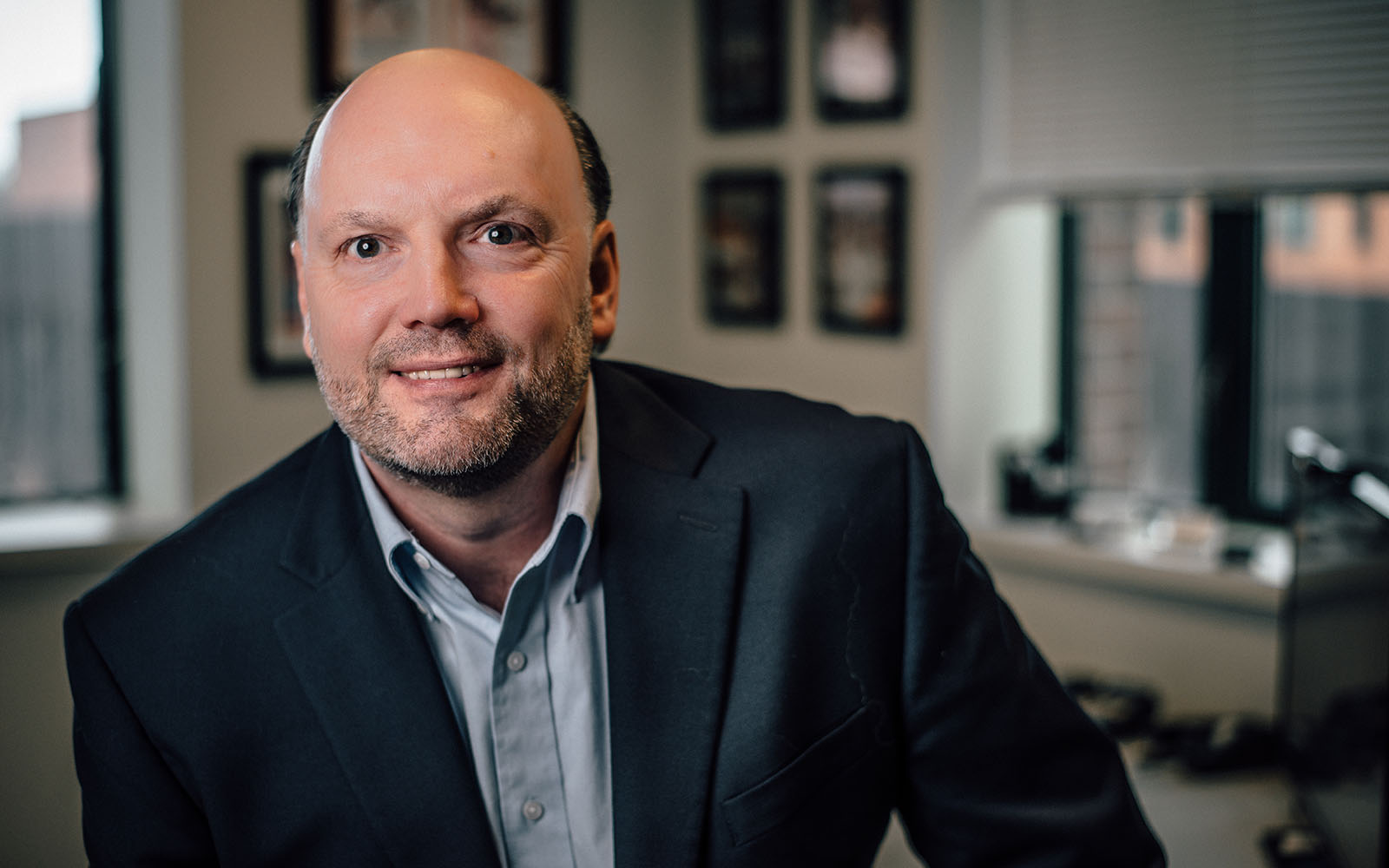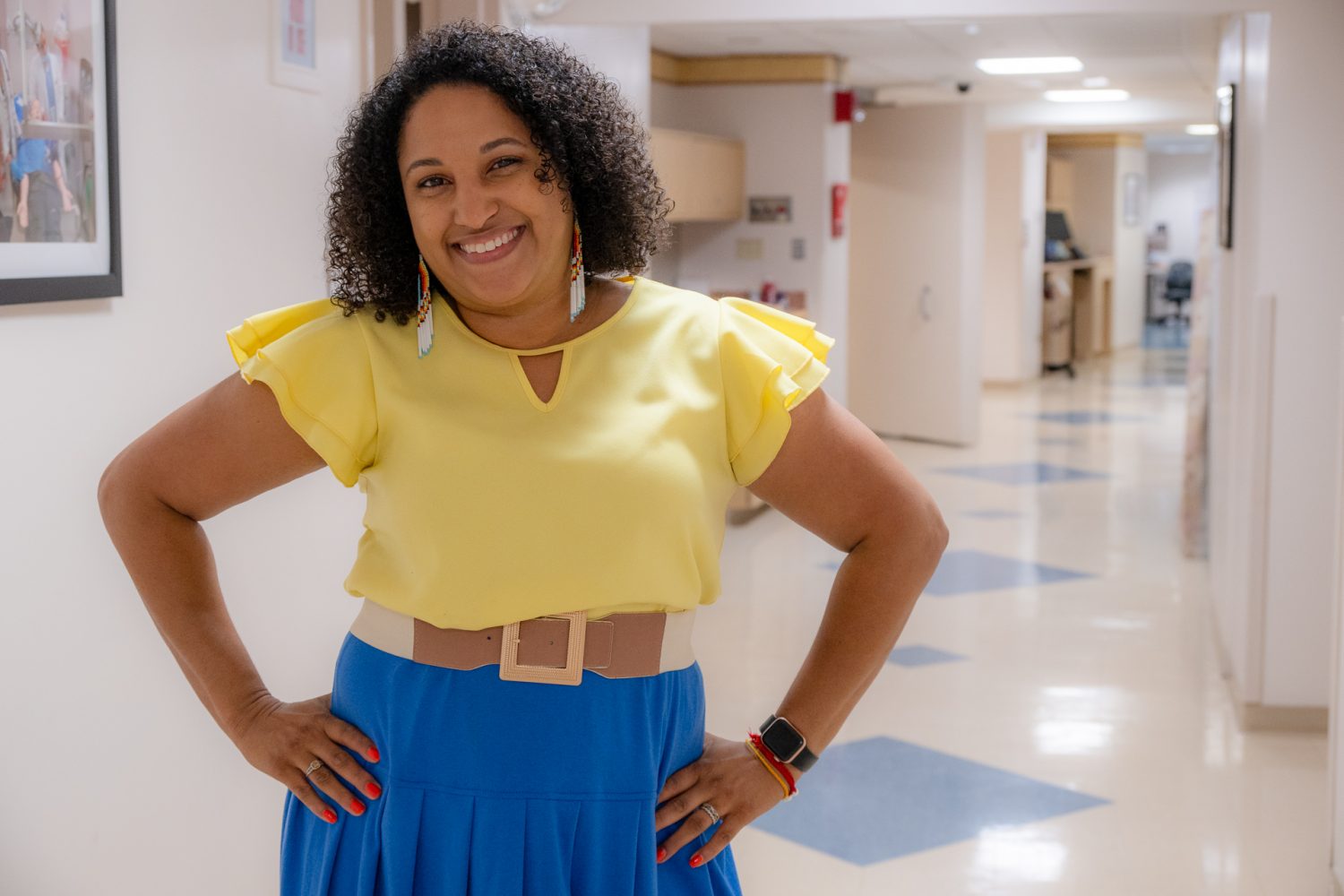After suffering from exertional heat stroke (EHS) in 1985 while running a 10K race on the track, Douglas Casa, professor of kinesiologyand CEO of the Korey Stringer Institute (KSI), has made the prevention of EHS his life’s work.
When World Athletics (formerly IAAF) chose Qatar to host the 2019 track and field World Athletics Championships, those in the field of sports medicine became concerned with the possibility of athletes suffering from EHS.
Casa serves on a World Athletics commission designed to prevent, recognize, and treat EHS. He says, “It’s brutally hot in the Middle East during September. We started discussing methods to protect the athletes and appropriate care should a problem arise.”
The outdoor stadium was air conditioned, maintaining a ground level temperature of about 75°F, but that didn’t address issues related to the racewalks and marathons held on the roads.
“We helped them develop a seven-kilometer loop so the participants would be close to the medical staff at all times,” Casa explains. “We also determined that races would start at midnight, the coolest time of day.”
In preparation for the events, Casa spent a week in Qatar training medical staff, many of whom will be on duty for the 2022 FIFA World Cup soccer championships, also being held in Qatar. “I worked closely with them on course design, medical planning and policy and procedures for medical care, especially EHS.”
“The World Cup for soccer is usually in June or July, but with temperatures around 120 degrees at that time, they changed it to December 2022, when the average temps will be in the 90s,” Casa notes.
Onto the 2020 Summer Olympics in Tokyo. Casa collaborated with two of KSI’s medical and science advisory board members, Yuri Hosokawa from Japan’s Waseda University and Andrew Grundstein from the University of Georgia, on a research paper citing extreme heat predictions for the 2020 Olympics. This year’s could be the hottest Summer Olympics in history, with temperatures in the mid to high 90s and high levels of humidity.
Two years ago, Casa was appointed to the heat commission established by the International Olympic Committee (IOC) for the Tokyo Olympics. One of the leads on the commission is Hosokawa, who recently earned her Ph.D. at UConn as one of Casa’s students.
“Yuri is an exertional heat stroke expert, fluent in Japanese and English (which helps a lot when switching between IOC meetings and working with the local medical staff), and she will be instrumental in making sure all these best practices related to heat safety will be applied in the numerous venues,” Casa says. “It’s awesome to have someone from UConn on the ground who has the expertise and a CAHNR connection.”
The highest-risk athletes are those participating in endurance sports with sustained activity such as the triathlon, marathon running, open water swims, mountain biking and road cycling. So far, the men and women’s marathons have been moved to a city seven hours north of Tokyo in an attempt to lessen the heat stress for the athletes.
Casa and Hosokawa are training medical staff in Tokyo on treating EHS. This community has not traditionally implemented many aspects of best practices for EHS. “One example is that we are trying to get across to the EMT/EMS/ER community to cool first and transport second,” Casa says. “We’ve been doing this in sports medicine for twenty years. But when medical personnel arrive, they usually want to move the EHS patient immediately to the ER, while the sports medicine team wants to continue cooling. The key thing with EHS is time above a critical [temperature] threshold.”
As trained by Casa and Hosokawa, the medical crew will set up cold water immersion tubs that allow for rapid cooling on site. These stations will be throughout the city at different venues. Additionally, they will install ice machines, coolers and water spigots to ensure safety for all, including spectators, officials and attendees.
“It’s super thrilling and rewarding that we are literally changing how a country is treating EHS,” Casa explains. “The Olympics will come and go but there will be other sporting events in the future, and now they will be armed with the best way of treating EHS.”
“I want to give credit to the people in these organizations. The sports medicine teams have been proactive within the World Athletics, FIFA and IOC to create the safest conditions for the athletes.”



